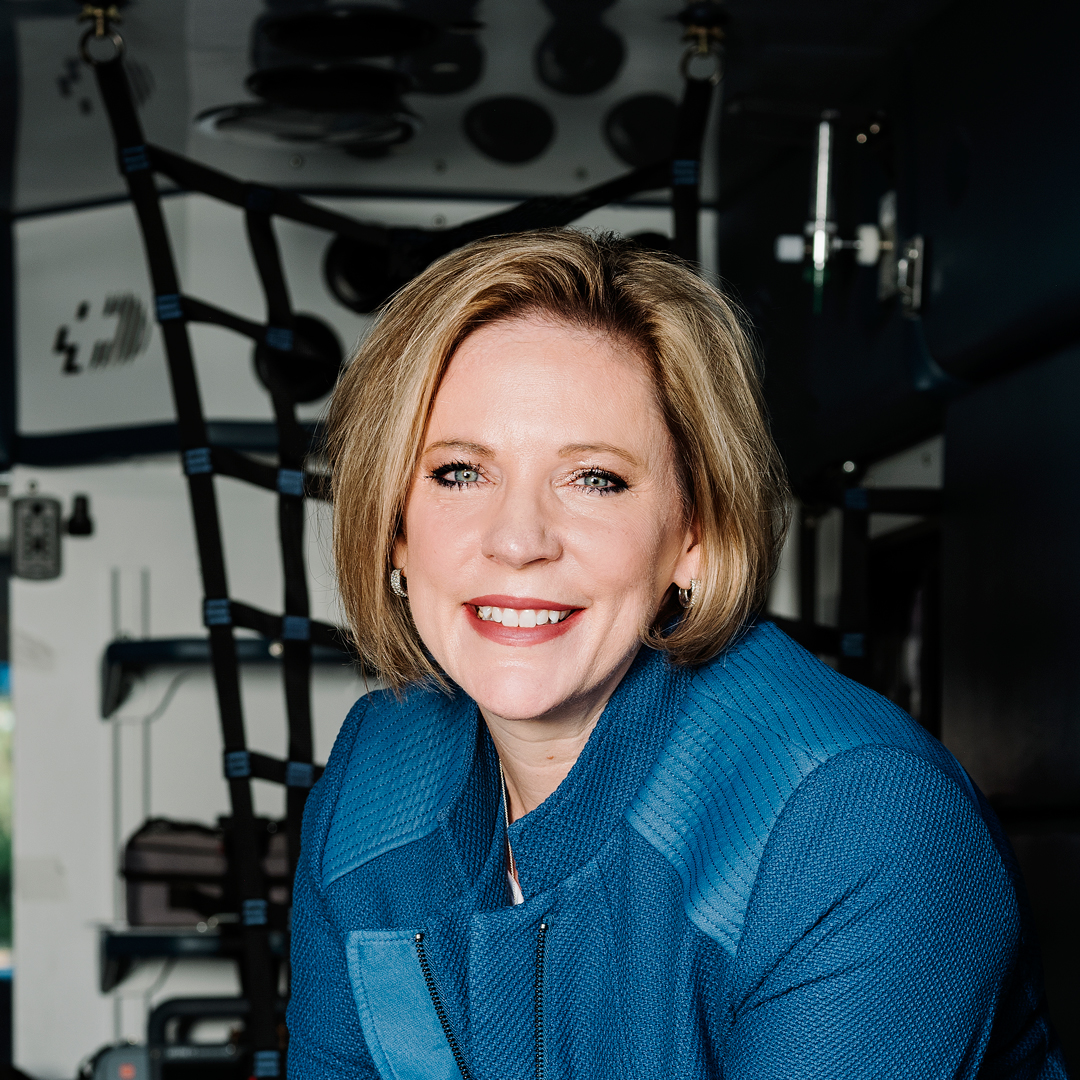|
Getting your Trinity Audio player ready...
|
Michael Parris began his career in the health sector with a background in industrial engineering. And while those may seem very different, Parris points out that his prior work made him an “idea person,” allowing him the opportunity to make a healthcare system work better.

“We like to improve things and make them more efficient,” Parris says of his fellow engineers. “If you look at healthcare in general, there’s always a lot of room for improvement and a lot of room for efficiencies.”
A renowned healthcare analytic and process improvement executive, Parris serves as vice president of data and analytics at Texas Health Resources. But before entering the healthcare field, he redesigned assembly lines for GE, Ford Motor Company, and Trane Air Conditioning—work that involved examining how processes flow through companies, with a focus on customization.
Parris’s healthcare career began with his efforts in process and improvement, where he worked with physicians and nurses to standardize clinical practices. Through that experience, he gained an understanding of how data works in healthcare. At his previous company, he led a team of over two hundred, including analyst, ETL, and nurse abstractor personnel, which prepared him to take on his role at Texas Health Resources in March 2018.
“When I came in, they had some dashboard experience and they had the ability pull data from multiple sources,” Parris notes. “What I changed made that a much more streamlined process. My goal was to create a better self-service environment where we not only gave you the area to get your data from but also the training and the tools to turn that data into information for yourself.”
In short, Parris’s team normalizes select data and provides associates with the access they need so that each team isn’t functioning with differing processes and tools.
“While I have my own centralized analytics group and we do a lot of work for other teams, there’s no way a centralized analytics group can actually solve the needs for a company that has over twenty-three thousand employees,” Parris explains. That’s because, naturally, Texas Health Resources has different departments with different priorities. So, training those departments while allowing them to build what they need has expanded the company’s ability to develop dashboards and have experts in their subjects build those interfaces.
As a result, Texas Health has gone from producing three major dashboards a year to twenty-five.
“That’s really expanded the ability for the rest of the organization to leverage data and analytics,” he says.
“What that tells me is, as good as I am at predicting and guessing . . . you have to allow physician preference and patient choice when it comes right down to it.”
Another key project Parris has led has been the establishment of a data catalogue.
“If you have all these people working data, and everybody knows their area, we need to take that knowledge across the organization and put it in one place so that when you have a new analyst come in, they’re not spending the first three months just figuring out where the data is and who owns it,” Parris explains. “We’re building all those elements into the data catalogue.”
His team has created one information hub for everyone who has touched Texas Health Resources: a Consumer 360 database. That provides a single point of reference for patients’ basic information—their name, address, and insurance type—as well as details about their experience at Texas Health Resources, such as whether or not they visited a physician, went to a clinic, or participated in an educational seminar.
“This allows us to be able to say, ‘What type of individuals are visiting our hospitals, or our clinics, or our urgent cares, or any touchpoint we have with them, and what is their journey through the system?’” Parris says. “Then, we can look at those consumer journeys at a group or individual level and be able to suggest, in the future, what is the next best action for that person.”
If someone is diagnosed with diabetes, for example, the system will recommend a course of action by suggesting they go to an educational clinic to learn more, or that they see an endocrinologist. The system also makes contact with the call center more effective by predicting which doctor the person will want to see or assessing whether there is a pattern to their appointment scheduling.
“All those things are items we’re building through the 360 to recommend personalized orchestration for you as an individual when you visit Texas Health, and eliminate a lot of the pain points for patients,” Parris notes.
Parris’s experiences as a patient have influenced his dedication to his work. When he was thirty-one, he received a surprising diagnosis for kidney cancer, which usually doesn’t develop until patients are in their fifties. The doctor ordered a CT scan, despite Parris thinking the problem was in his appendix.
“What that tells me is, as good as I am at predicting and guessing . . . you have to allow physician preference and patient choice when it comes right down to it,” Parris says.
He adds that consumer choice has to be a factor in healthcare, depending on each patient’s willingness to pay for procedures or his or her concern for specific areas of their health. “I expect that kind of thinking to dominate the future,” he says. “People are going to have options.”

